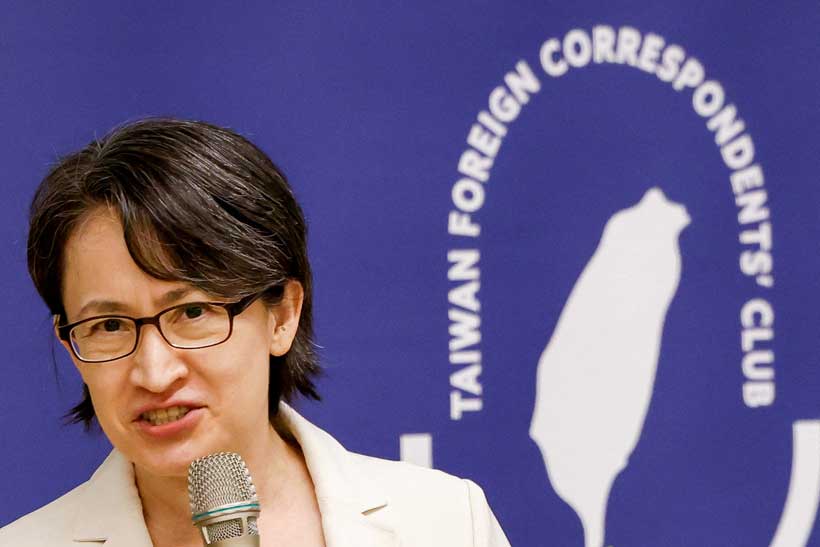Closed UK landmark in Europe to reopen after 11 years
THERE’S a huge landmark that’s been under renovation for the last decade – and it’s under three hours away from the UK.
The huge structure overlooks the capital of Hungary and is about to reopen in March 2026.
If you’ve been to Budapest in the past decade, you might have noticed that the Citadella that sits on Gellért Hill has been undergoing a huge renovation.
It’s been shut for 11 years so far and has been undergoing a major renovation since 2020 – but it’s finally about to reopen.
The work has cost an estimated HUF 20 billion which is just under £46million.
While efforts have gone into maintaining the original structure,new features have been added too.
One of those is a new pedestrian bridge built entirely of glass.
There will also be a walk-through exhibition on Hungary’s history, called ‘The Bastion of Freedom’ which will be inside the large rondella.
The inner courtyard will have a new water feature and an eternal flame.
There’ll also be a new café and gift shop, and it will have incredible panoramic city views overlooking Danube, Buda Castle and Margaret Island.
Outside, locals and tourists will have plenty of room to enjoy the views as there will be twice as much green space as before.
There will be 10,000 shrubs, 100,000 perennials, and over half a million bulbs that will be planted in the area, along with 128 large trees.
The site is free to explore as it is an open outdoor public site – but you might need to pay to go inside.
The Citadella in Budapest was built by the Austrian Habsburg Empire between 1850 and 1854.
Its purpose was to serve as a military stronghold after the Hungarian Revolution between 1848 and 1849, which is why it sits on a hill overlooking the city.
Now, it’s considered a symbol of freedom with The Liberty Statue representing Hungary’s independence – it was added in 1947.
The Citadella is due to reopen to the public on Hungary’s Independence Day, March 15, 2026.
Budapest is a popular city break destination for Brits as it’s just a two and a half hour flight away from the UK.
Other popular historical sites include the Buda Castle district, the Matthias Church and and St. Stephen’s Basilica.
Budapest is also known for its famous thermal baths – for example the Szechenyi Baths in Budapest is one of the best and largest spa baths in Europe.
It has 15 indoor baths and 3 grand outdoor pools, saunas, steam rooms with a ticket costing around £22.
For more trips to Europe – here are 39 of the best city break destinations – and the no.1 is VERY cheap.
Plus, discover the five European cities with lesser-known tours that let you explore like a local.















